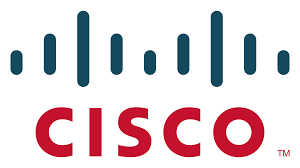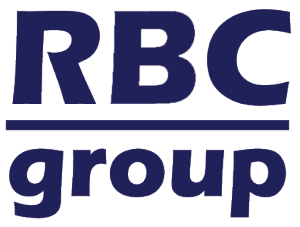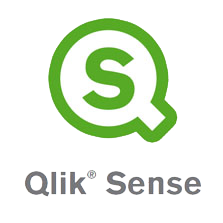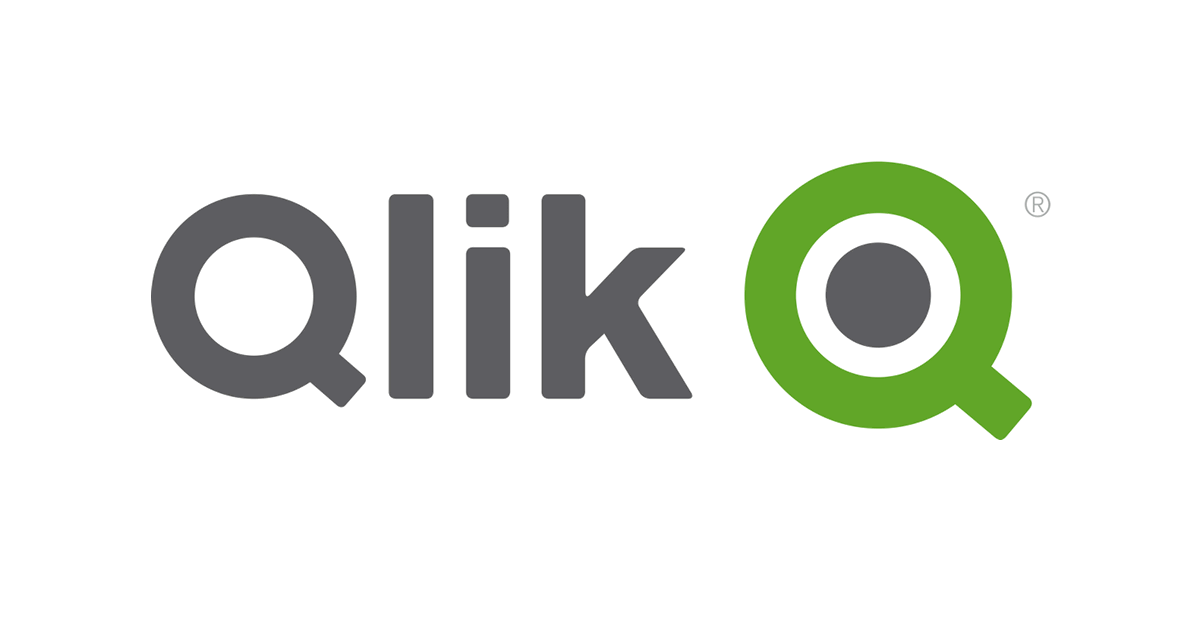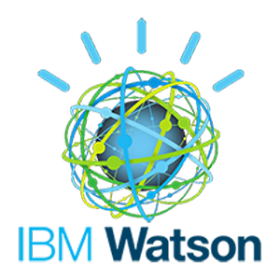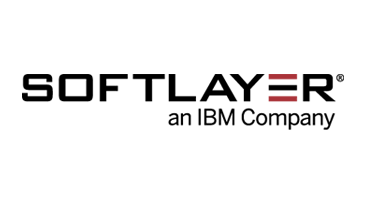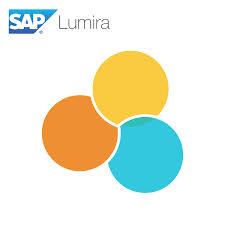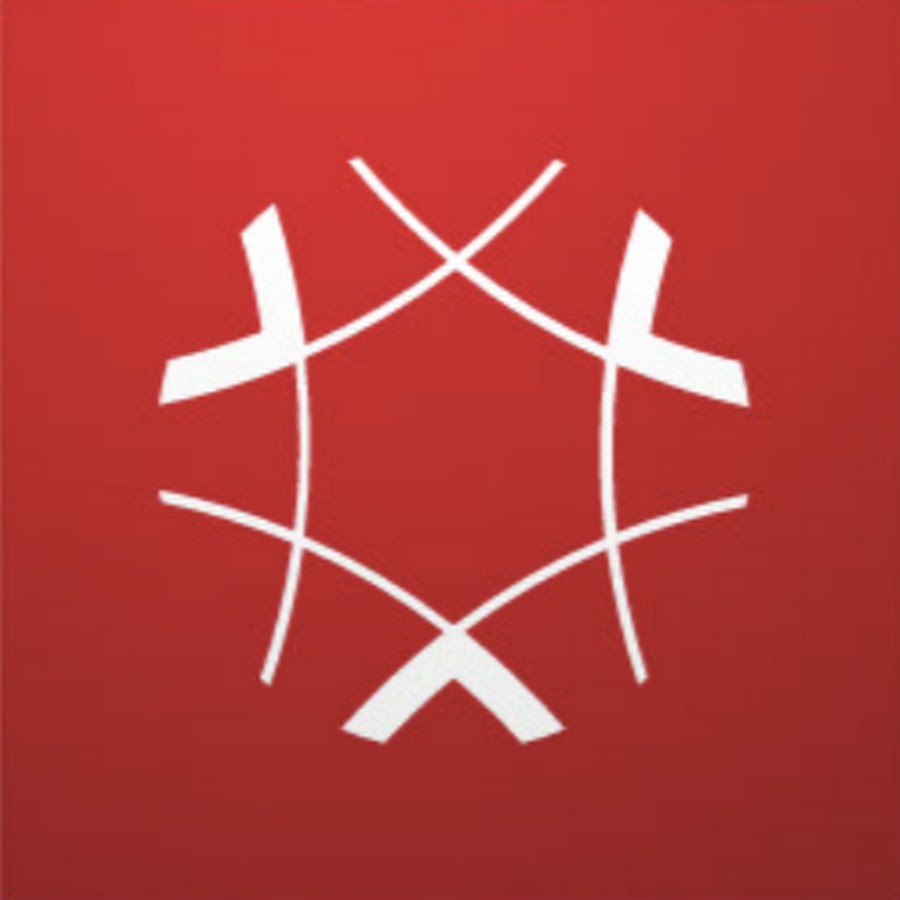
Categories
Problems that solves
High costs
Values
Reduce Costs
Enhance Staff Productivity
Ensure Security and Business Continuity
About Product
Description
AI OpenScale allows businesses to operate and automate AI at scale – irrespective of how the AI was built and where it runs. Available via the IBM Cloud and IBM Cloud Private, it infuses AI with trust and transparency, explains outcomes, and automatically eliminates bias.
Benefits:
- Open-by-design. Integrate with common AI tools, frameworks, and environments across public, private, or on-prem.
- Trust, transparency and explainability. Provide explanations into how AI decisions are being made, and automatically detect and mitigate bias to produce fair, trusted outcomes.
- Automation of AI. Automate the AI application lifecycle, from AI-generated neural networks tailored to your data and workloads, to de-biasing technology that mitigates bias at runtime.
- Understand how AI applications reach decisions – AI OpenScale explains how AI recommendations are made in everyday business terms.
- Address bias in AI applications automatically – AI OpenScale continually monitors AI applications and prevents bias through a unique, powerful and automated de-biasing technology.
- Ensure AI applications are auditable – AI OpenScale logs every prediction, every model version, and all the training data used, together with all metrics to help businesses comply with regulations such as GDPR.
- Use AI to build AI – AI OpenScale addresses the short supply of human AI engineers by throwing AI at the problem. IBM's Neural Network Synthesis Engine (NeuNetS) will allow businesses to rapidly and automatically build neural networks – essentially to run AI – from scratch. NeuNetS will initially be available in AI OpenScale in beta.
- Manage and scale AI in an interoperable fashion – AI OpenScale can work with open source machine learning or deep learning models, such as Tensorflow, Scikitlearn, Keras and SparkML. It can also handle applications and models trained and hosted on common environments, including IBM Watson, IBM PowerAI, Seldon, AWS SageMaker, AzureML and other non-IBM engines.



